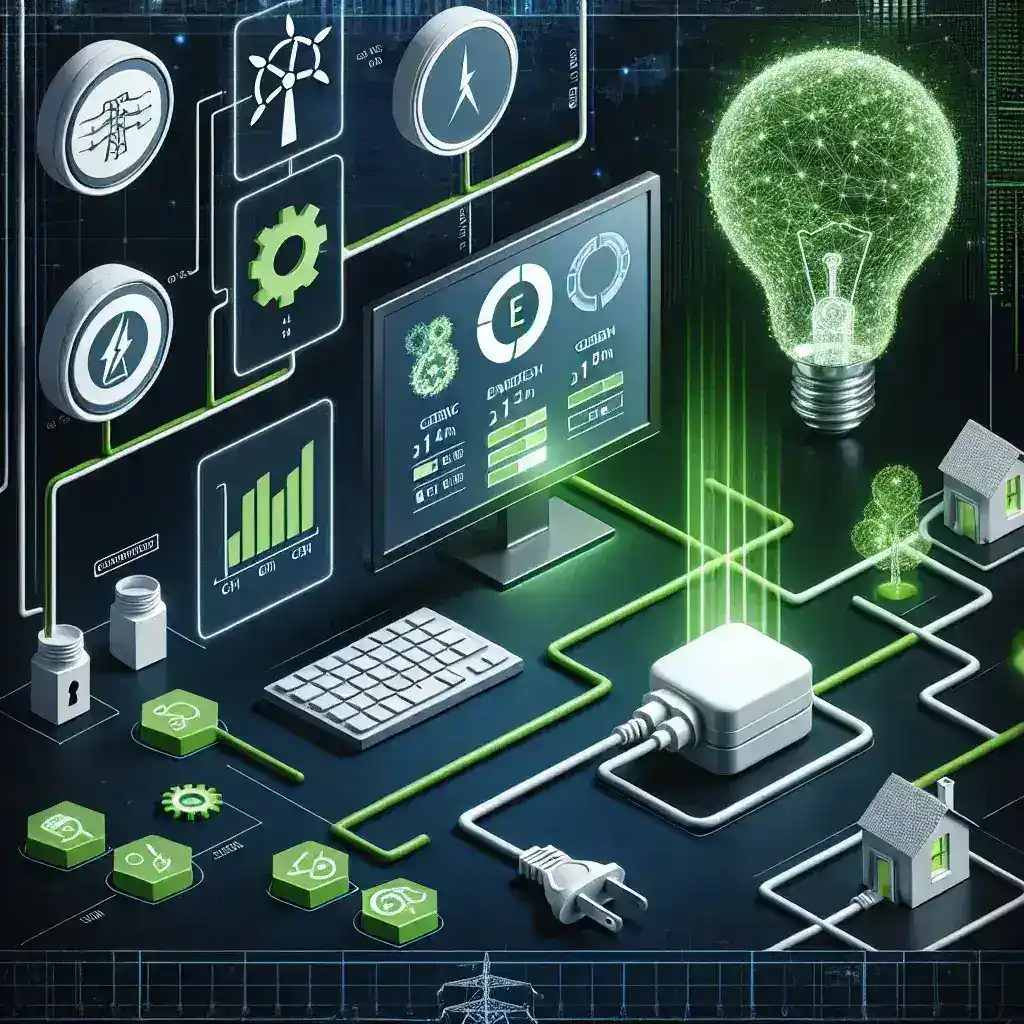
Introduction
In today’s energy-conscious world, reducing electricity consumption is not just a trend; it’s a necessity. Rising energy costs and environmental concerns make it imperative for both households and businesses to find effective solutions. One of the most innovative ways to monitor and manage energy consumption is through energy monitoring systems. This article delves into the best options available, their benefits, and how they can contribute to a more sustainable future.
Understanding Energy Monitoring Systems
Energy monitoring systems are tools designed to measure, track, and analyze energy usage in real-time. These systems provide insights into energy consumption patterns and help identify areas where efficiency can be improved. By leveraging advanced technology, they empower users to make informed decisions about their energy use.
History of Energy Monitoring
The concept of energy monitoring can be traced back to the late 20th century when the rise of digital technology began to transform energy management. Initially, energy meters were simple devices that only recorded usage. However, with the advent of smart technology in the 2000s, the evolution of energy monitoring systems began. Modern systems not only track usage but also provide actionable insights, allow remote monitoring, and integrate with other smart home devices.
Components of an Energy Monitoring System
- Smart Meters: These devices replace traditional meters and provide real-time data on electricity consumption.
- Energy Management Software: This software analyzes data collected by smart meters and presents it in an understandable format.
- Mobile Applications: Many energy monitoring systems come with mobile apps that allow users to track their energy usage from anywhere.
- IoT Integration: Systems often connect with other smart home devices to optimize energy consumption automatically.
Benefits of Energy Monitoring Systems
Investing in an energy monitoring system comes with numerous benefits:
- Cost Savings: By identifying energy-hogging appliances, users can reduce their electricity bills.
- Enhanced Awareness: Users gain insights into their energy consumption habits, promoting conscious usage.
- Environmental Impact: Reducing energy consumption contributes to lower carbon emissions.
- Preventive Maintenance: Monitoring systems can alert users about potential issues with appliances or electrical systems.
Top Energy Monitoring Systems
Here are some of the best energy monitoring systems available on the market today:
1. Sense Energy Monitor
The Sense Energy Monitor is a popular choice for homeowners. It utilizes machine learning to identify devices in your home and track their energy usage. With real-time monitoring and a user-friendly app, Sense helps users optimize energy consumption and save on bills.
2. Neurio Home Energy Monitor
Neurio provides detailed insights into energy consumption patterns. It offers a comprehensive overview of energy use, including historical data and forecasts, helping users make strategic decisions to reduce costs.
3. Emporia Vue Energy Monitor
This cost-effective option provides real-time energy monitoring and usage reports via a mobile app. Emporia Vue is known for its ease of installation and ability to monitor individual circuits.
4. Aeotec Home Energy Meter
Aeotec is designed for integration with smart home systems. This device tracks energy usage and can help automate energy-saving practices within your home.
5. EcoBee SmartThermostat
While primarily a smart thermostat, EcoBee also features energy monitoring capabilities. It tracks heating and cooling energy usage, allowing users to optimize their HVAC systems for efficiency.
How to Choose the Right Energy Monitoring System
When selecting an energy monitoring system, consider the following:
- Compatibility: Ensure the system works with your home’s electrical setup and any existing smart devices.
- Features: Look for features that meet your specific needs, such as real-time monitoring, historical data analysis, and mobile access.
- Budget: Evaluate the cost against the potential savings and benefits.
- User Reviews: Research user experiences to gauge reliability and effectiveness.
Steps to Implement an Energy Monitoring System
Step 1: Assess Your Energy Needs
Begin by assessing your current energy consumption and identifying areas where you want to achieve reductions.
Step 2: Choose a System
Based on your assessment and budget, choose a suitable energy monitoring system that meets your needs.
Step 3: Installation
Follow the manufacturer’s instructions for installation, or hire a professional if necessary. Ensure that the system is correctly calibrated to get accurate readings.
Step 4: Monitor Usage
Regularly check the data provided by your system to understand your energy consumption patterns and make adjustments as needed.
Step 5: Implement Changes
Use insights gained from monitoring to make informed decisions about energy usage, such as upgrading appliances or changing habits.
Expert Insights
According to energy management experts, the integration of energy monitoring systems with smart home technology can lead to significant energy savings. “The future of energy consumption lies in smart technology,” says Jane Doe, an energy consultant. “By empowering consumers with data, we can change how we approach energy usage.”
Future Predictions for Energy Monitoring
The future of energy monitoring systems is promising. With advancements in artificial intelligence and machine learning, these systems will continue to evolve, offering even greater insights and automation capabilities. As more households adopt renewable energy sources, energy monitoring will play a crucial role in managing and optimizing these resources.
Challenges and Considerations
While energy monitoring systems offer many benefits, there are challenges to consider:
- Initial Costs: The upfront investment can be a barrier for some users.
- Privacy Concerns: Users may have concerns about data privacy and how their energy usage data is stored and used.
- Technological Limitations: Not all systems are equally effective, and users may experience limitations based on their home’s electrical infrastructure.
Conclusion
Energy monitoring systems are a vital tool for anyone looking to reduce electricity consumption and promote sustainable energy practices. By understanding the options available and implementing these systems effectively, users can experience significant cost savings while contributing to a healthier planet. As technology evolves, the potential for energy monitoring continues to grow, promising exciting advancements in energy management.
Leave a Reply